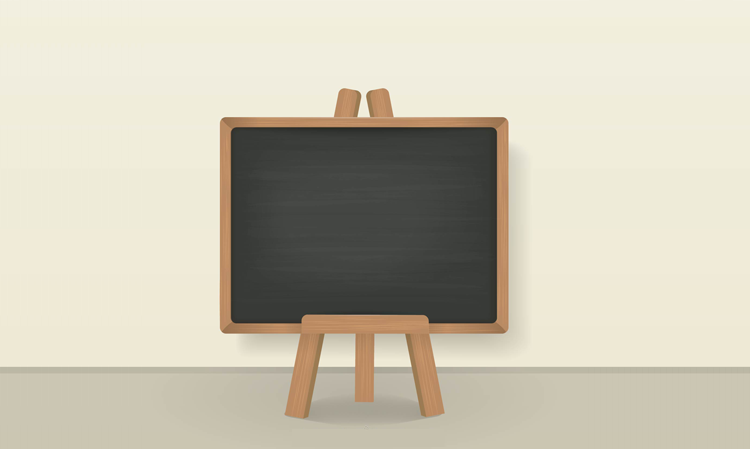Open education is the idea that everyone should have free access to educational material, resources and guidance. Although quite recent in practice it goes back to the idea that knowledge increases through sharing. Moreover, the concept of open data also encompasses the statistical and administrative data about educational institutions. Open education data includes the following types of data: attendance, results, skills, home assignments; course data like student enrolment, textbook budget, infrastructure and user generated data like learning analytics assessment and performance data.
Open educational practices currently prevalent in the world include techniques that use open educational resources combined with relevant technologies to facilitate collaborative and peer to peer flexible learning. Students may learn through online portals, peer communities or any such environment where there is access to freely available online content and services. Open education scales up educational opportunities by taking advantage of the power of the internet, allowing rapid and essentially free dissemination so as to enable people around the world to access knowledge, connect and collaborate.
The world has begun to grasp the idea of Open Education and making educational resources available to the masses. There are a number of educational practices based on open education which have been hugely successful and provide an opportunity for us to learn from the experience. Website like eDX, Coursera and Khan Academy provide free online courses, in addition to lectures and other educational resources; which anybody with an internet connection can access. These type of practices are called MOCCs (Massive Open Online Courses). These are called massive because their enrolment is open to more students than typically found in an institution. They can be accessed more or less by anyone having a computer and an internet connection. This is what the world is going for. What do we have here in Pakistan?
Pakistan is a developing country and the education system of Pakistan leaves much to be desired. There are myriad problems in the education system of Pakistan but the main problems are as follows. Pakistan has no uniform education system. There are public schools and there are private schools both offering varying quality of educations. All the provinces don’t enjoy equal levels of opportunities in educations. A good school in Balochistan will just come at par with an average school in Karachi or Lahore. Attendance issues and ghost schools have crippled education in rural and remote areas of the country. These are the big problems which are supported by a lot of smaller problems like examination standards, Boards standards, textbook and course material regulation etc. Moreover, the rising costs of higher education in Pakistan is taking education out of reach for too many young Pakistani’s.
Compared to other countries, the state of education in Pakistan is abysmal. As reported by Alif Ailaan, around 46% students drop out before finishing primary school with a dropout rate of 53% in boys and 19% in girls. Furthermore, the change towards technical and scientific education has still not occurred and the quality of education is too low; the teachers are under trained, under paid and de-motivated to educate others.
Now if we were to make a case for open education in Pakistan we have a number of footholds. First and foremost like the websites mentioned above, students from remote areas now need not worry their lives over a school 10 km from their home. Instead they can access world class education at their homes by a simple computer and an internet connection. Opening up statistical and administrative data about government schools will allow for greater transparency in the governance of education and will provide a healthy competition with private education entities. The policy makers and lead educationists can sit back and develop a unified educational standard throughout the country which can be implemented with strict checks by regularly reviewing data about schools of any region. Such data when made open to the public will also let parents make informed decisions about their child’s future which will naturally result in a continuous cycle of improvement. These are just some of the many positives for opening education data in Pakistan.




